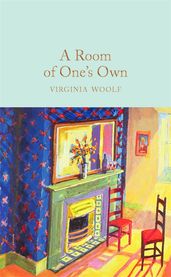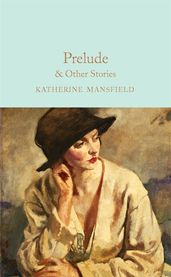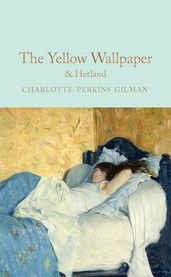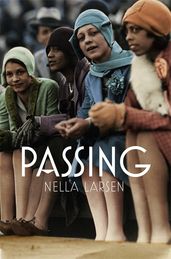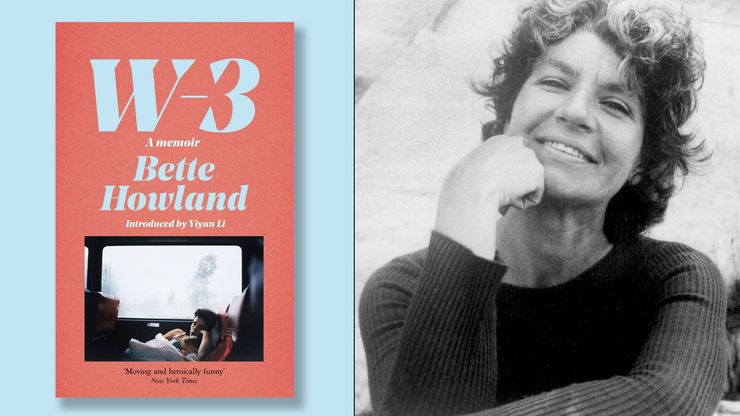Five authors whose lives are as fascinating as their fiction
Here, we celebrate five remarkable authors whose lives dazzled as much as their writing.
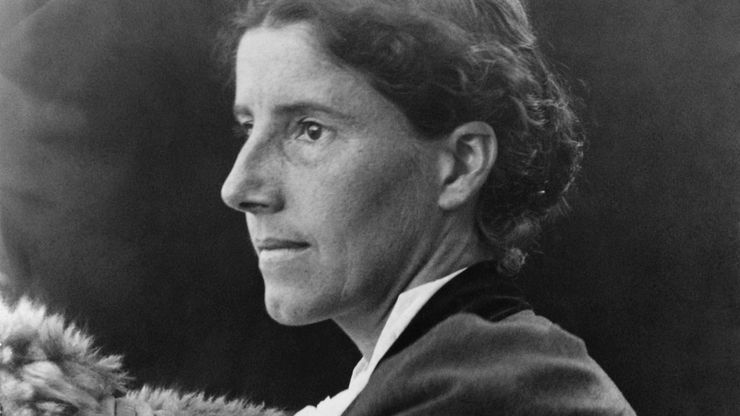
Many authors are inspired to write about the real events of their lives, so it makes sense that writers are a particularly fascinating bunch. From New Zealand to Connecticut to Chicago via the Bloomsbury Group, the Suffragette movement and the Harlem Renaissance, here are five female authors who lived remarkably interesting lives.
Virginia Woolf

Virginia Woolf, prolific writer and member of the Bloomsbury Group, was pioneering in every sense; in her writing, in the way she lived her life and in her beliefs. With her husband Leonard Woolf, she set up the Hogarth Press, dedicated to publishing modernist and experimental writing. She refused to define her sexual orientation - during her marriage, she had a three-year affair with Vita Sackville West who she celebrated in her novel, Orlando. She spoke up for women and was vocal about the barriers in their way; in academia, in education and the professions. And she challenged traditional marriage. Having witnessed her parents’ Edwardian union, she argued for equality between partners. A prolific writer, literary experimenter and thinker, she was dogged by mental illness throughout her life suffering numerable breakdowns and suicide attempts. In 1941, she drowned in the River Ouse.
A Room of One's Own
by Virginia Woolf
First published in 1929, this essay by Virginia Woolf is just as incisive and relevant today as when it was first delivered as a lecture at Cambridge University. Challenging the accepted thinking of the time, Woolf argues that women are not intrinsically lesser writers because of their gender, but because of the educational and economic restrictions placed on them by a patriarchal society.
Orlando
by Virginia Woolf
Following its immortal namesake through three centuries of history, Orlando is a whimsical exploration of perceptions of gender and love through the ages. Orlando is a young Elizabethan nobleman whose wealth and status afford him an extravagant lifestyle. Appointed ambassador in Constantinople, he wakes one morning to find he is a woman. Inspired by the life of her lover, Vita Sackville West, Virginia Woolf's wildly imaginative, comic story is a real trailblazer.
Katherine Mansfield
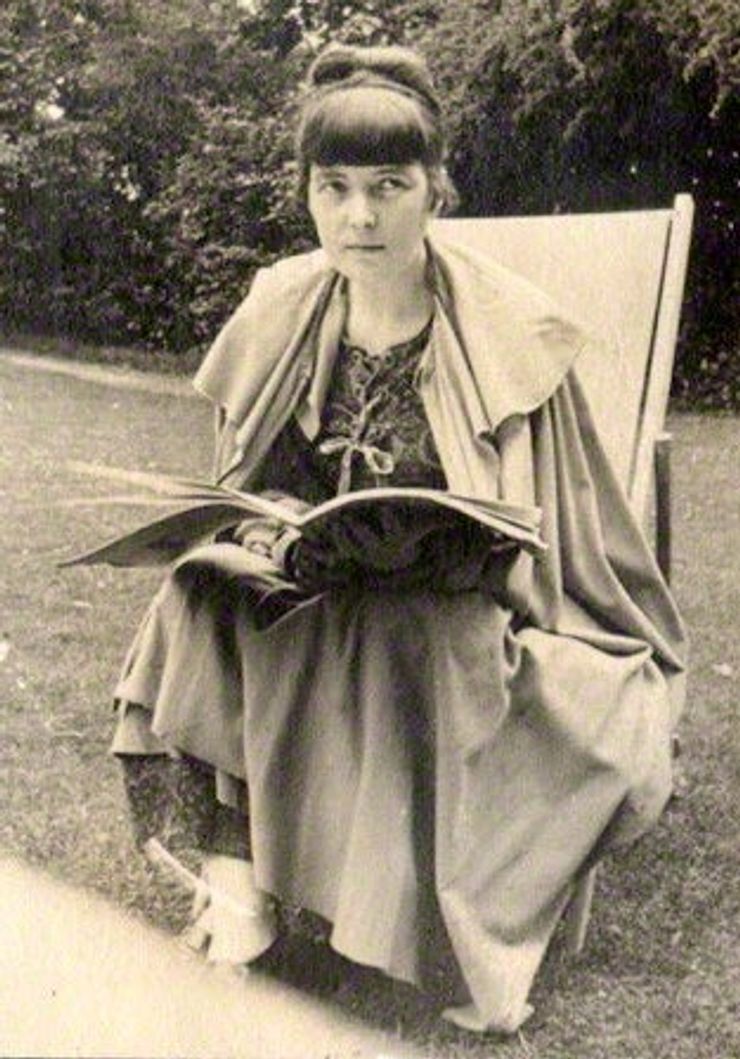
Born in New Zealand in 1888, Katherine Mansfield got a taste for life beyond rural New Zealand when she was sent to school in London in 1903. She had found her home country stifling and dull, and she left it for good five years later. Mansfield drew on her childhood for many of her stories and also on her life in Europe – she was married twice, had many same-sex relationships, and spent the last few years of her tragically young life searching for treatments, often unorthodox, for the tuberculosis that eventually killed her. Her restless life was fodder for her modernist and bold stories – about relationships, women’s lives, corruption and the tension between our public and private selves.
Prelude & Other Stories
by Katherine Mansfield
This selection of stories by Katherine Mansfield showcases her remarkable ability to delve into the human mind; in stories such as ‘The Garden Party’ she reveals the tension between innocence and corruption, the dark side of love and romance are explored in ‘Bliss’ and ‘Love à la Mode’, and in the title story, ‘Prelude’, inspired by her own childhood, her concern is for the isolated and the lonely. Collected together for the first time, this selection of short stories by Katherine Mansfield showcase her remarkable ability to delve deep into human psychology.
Charlotte Perkins Gilman

Gilman was born in Connecticut in 1860. She was an exceptionally intelligent child who excelled in both physics and design. Her husband was an artist, and after the birth of her first and only child she suffered from terrible postpartum depression which was made worse by the ‘rest cure’ prescribed by her doctor. Her depression only began to lift when she moved away from her husband and became intellectually stimulated by the suffragette and socialist movements. Inspired by her own experience she wrote her famous short story The Yellow Wallpaper in 1890, and spent the rest of her life lecturing, editing and writing. She died in 1935 by suicide after being diagnosed with breast cancer.
The Yellow Wallpaper & Herland
by Charlotte Perkins Gilman
Charlotte Perkins Gilman’s progressive views on feminism and mental health are powerfully showcased in her two most famous stories. The Yellow Wallpaper skillfully charts one woman's struggle with depression whilst Herland is an entertaining imagining of an all female utopia.
Bette Howland
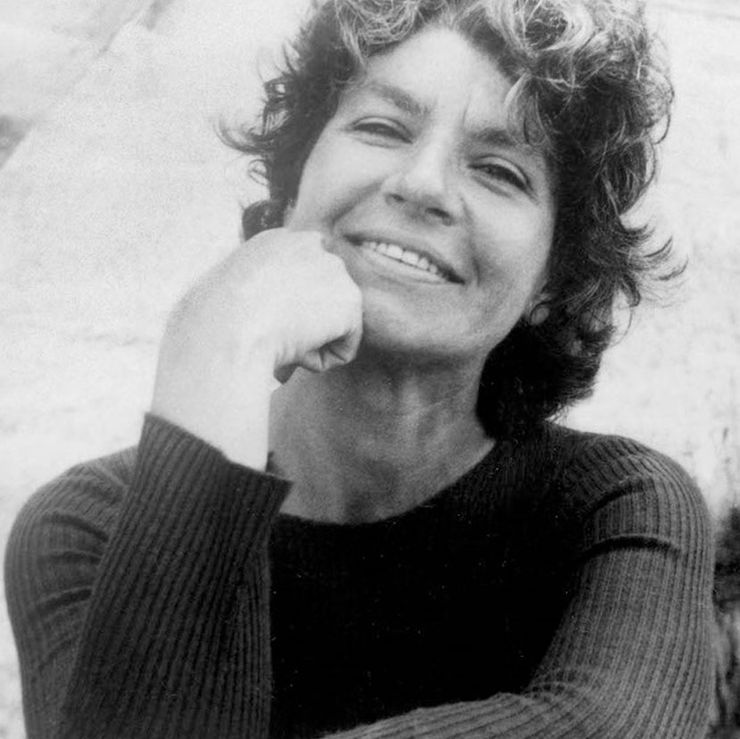
Howland was born to Jewish immigrants in Chicago in 1927. She married a biologist and together they had two sons before getting divorced. As a single mother she worked as a librarian and an editor to support her children, but her dream was to become a writer. In 1968 when she was just thirty-one, Bette was admitted to a psychiatric ward after attempting to commit suicide in Saul Bellow’s apartment. Following her recovery and release, she published a memoir, W-3, named after the ward on which she stayed, which documented her life-changing experience there.
Howland published two more books, and in 1984 won a MacArthur ‘Genius’ Fellowship, but the overwhelming pressure from this prize caused her to retreat from her work. Her books went out of print and were re-discovered thirty years later by editor Brigid Hughes, two years before Howland’s death in 2017.
Find out more from when we interviewed Brigid Hughes herself, who rediscovered Bette's extraordinary memoir W-3 in a Manhattan secondhand bookstore's one-dollar cart.
W-3
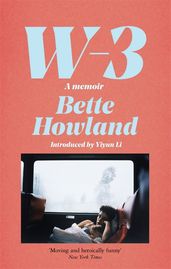
W-3 is a small psychiatric ward in a large university hospital, a world of pills and passes dispensed by an all-powerful staff, a world of veteran patients with grab-bags of tricks, a world of disheveled, moment-to-moment existence on the edge of permanence. Bette Howland was one of those patients. In 1968, while struggling to support her family on her part-time salary she swallowed a bottle of pills while staying at her friend Saul Bellow’s apartment.
W-3 is both an extraordinary portrait of the community of Ward 3 and a record of a defining moment in a writer’s life. The book itself would be her salvation: she wrote herself out of the grave.
Nella Larsen
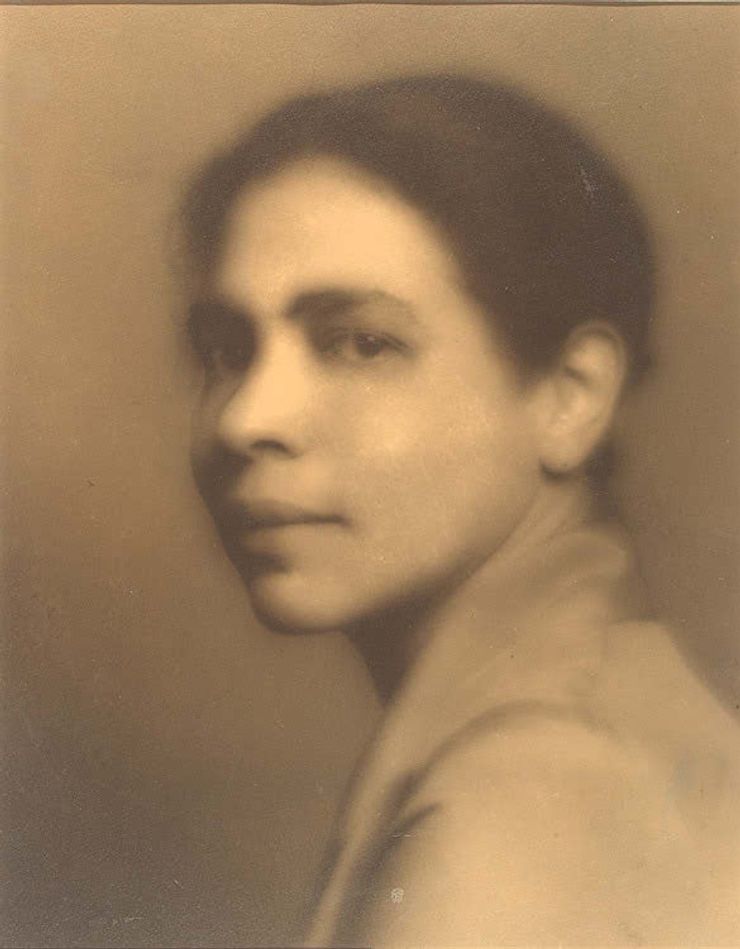
Larsen was also born in Chicago, in 1891, to a Danish mother and an Afro-Caribbean father who died when she was young. Her mother remarried a Danish man and Larsen suffered from racial discrimination in her mostly white neighbourhood. She trained as a nurse and excelled in her field before marrying a physicist and moving to Harlem in the 1920s. Here she became active in the Harlem Renaissance movement and wrote two novels, Quicksand and Passing. Larsen later divorced her husband and retreated from the literary and artistic circles of Harlem, returning to her former career of nursing. She was the first black woman to receive a Guggenheim Fellowship and she died in 1964.
Passing
by Nella Larsen
Immerse yourself in 1920s New York through Nella Larsen's distinctive and revealing novel. The story centres around identity, belonging and two childhood friends who’ve long grown apart – Clare Kendry who is proud of her Harlem roots, and Irene Redford who has abandoned them altogether, ‘passing’ as white to her racist husband in the upper classes of New York. As their worlds intertwine once again, tensions lead up to a truly shocking conclusion. A classic far ahead of its time, Passing reads like the best of contemporary literary fiction.
Watch the trailer for the upcoming feature film adaptation of Passing, releasing November 10 on Netflix.
